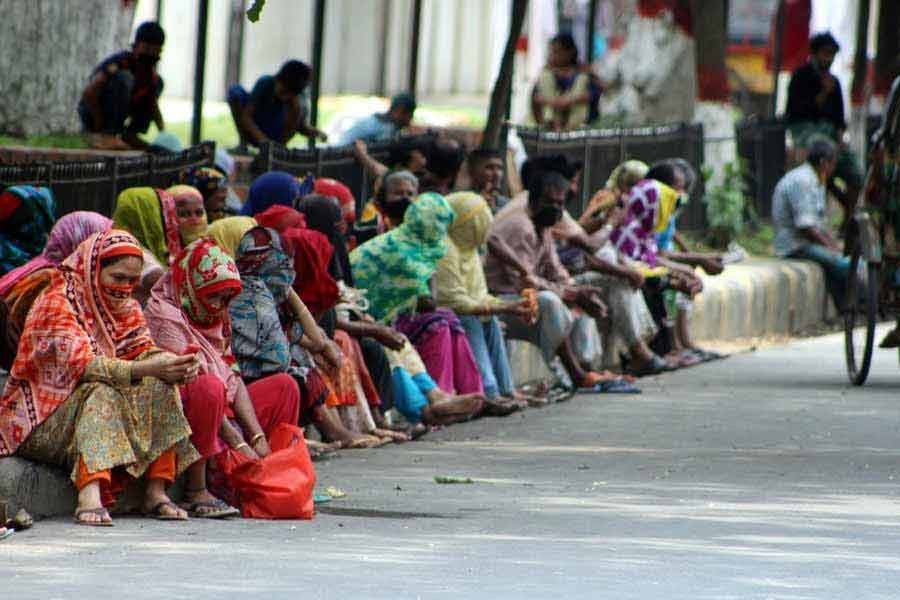There is no gainsaying the fact that the impact of the pandemic on the 'food insecurity situation' has been more pronounced among the low-income and vulnerable segments of society than before. This is true both in the urban and rural context of Bangladesh. As expected, the loss of jobs as well as income levels following the pandemic control measures like lockdowns rendered this section of the population more food-insecure. Obviously, it was during the first wave of the pandemic between March and May of 2020 when the food insecurity situation was most acute among the segment under scrutiny. Actually, during that time, 'moderate and severe food insecurity' among the low-income segment of society tripled to 45 per cent compared to the pre-pandemic level. However, a study done by the International Food Policy Research Institute (IFPRI) during September-October period of this year has come up with interesting results. The study demonstrated the resilience with which the said segment of the population faced the situation during the early stage of the pandemic's onslaught. The findings, for example, show that the 'moderate or severe food insecurity situation' in Bangladesh returned to the pre-pandemic level by January of this year.
It is important to note that 'food insecurity' here does not imply any lack of availability of food in the market. What is of importance here is certain income groups' access to food, even if there is adequate supply of foodstuffs in the market. As there has been some degree of income disparity in society both before and after the pandemic, there has also been a condition of 'food insecurity', among the less privileged groups of the population. According to the UN's Food and Agricultural Organisation (FAO), some 40 million people, which is 27 per cent of the total population, of Bangladesh are undernourished. There is no question that the state of 'under nourishment' has to do with 'food insecurity'.
Hence, it is exactly against this backdrop that the IFPRI's findings bear relevance to 'moderate or severe food insecurity' situation of the households under study. Furthermore, what the IFPRI study found out during the months between July to August of 2021, was no different from the study findings for March-May period of the previous year. Curiously, IFPRI's statement in this connection was that 'no further meaningful change in the prevalence of moderate or severe food insecurity' occurred during the period in question. As such, the segment of the population thus surveyed deserves commendation as it could show this level of resilience even during such difficult times. Needless to say, the government's aggressive interventionist policy of extending stimulus package and transfer of cash to the vulnerable groups had gone a long way in this regard.
While appreciating the studied segment of population's ability to cope during the pandemic, it has also to be noted that the prevalence of food insecurity in this period has been persistently higher than what it was before the pandemic. In the pre-pandemic time, for example, the majority of the respondents from the households surveyed reported that they were fully food-secure. But less than one third of the same households reported they were food-secure during the third wave (July-August 2021) of the pandemic. This is no doubt concerning. The government would do well to note it and take measures as required to address post-pandemic rise in food insecurity among the low-income segments of the population.


